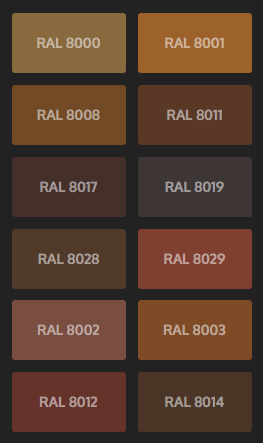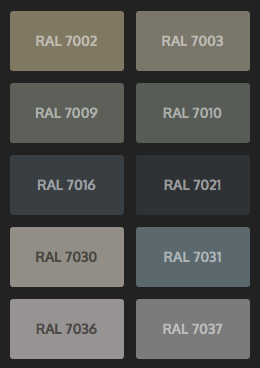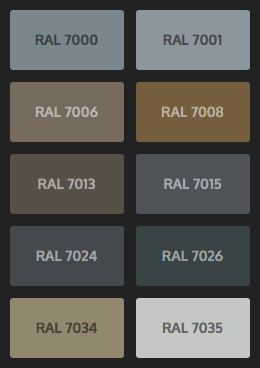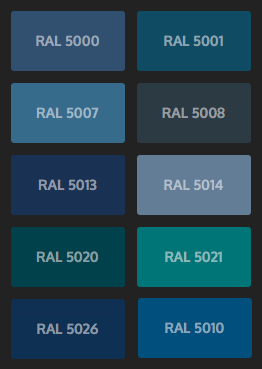







Tuscan Heritage Extra is an exterior coating, high solids, black gloss paint.
Black is our standard painted product and available off the shelf on a 3 to 5-day delivery. High solids gloss paints offer greater durability than paints with a lower solids content.
Coastal regions are difficult to define, however for the purpose of this document and Tuscan guidelines, they are described as those areas within 5km of the coast.
The conditions in these areas are more aggressive than those experienced in many other areas. It is therefore very important that any paint chips or impact / installation damage is rectified straight away. Failure to rectify damage at an early stage, will lead to corrosion of the product progressing at an increased rate above what would be seen at an inland location.
To combat this aggressive environment, the overall coating thickness on the
Heritage Coastal products is much greater. This increased coating thickness forms a longer-lasting barrier between the environment and the substrate thus delaying the onset of corrosion. It is imperative that a robust maintenance regime is put in place to ensure that no salt or other contaminants are able to build up on the surface of the coating. Irrespective of the volume and quality of coating applied, regular maintenance and repainting will be required to ensure your Cast Iron products can continue to combat the harsh environments that coastal conditions present. Due to the bespoke paint requirements, these products are not available on our standard 3 to 5-day delivery.
Traditional LCC Soil (BS469) is coated in a bitumen paint. The main components of Bitumen paint are naphtha (petroleum) based. In the past Bitumen was the main choice for traditional soil drainage due to its resistance to moisture and good coverage of uneven surfaces. Normally this type of finish can’t be over painted with other paint types, because not only will harder materials used for over coating tend to crack or craze, but there is also the possibility that the Bitumen will bleed through. We cannot, therefore, recommend overpainting as a viable option.
If the colour is important to your project, we can recommend our Heritage Express Soil. With both the LCC and Heritage Express Soil systems, the same provisions regarding coastal locations apply as with the Heritage rainwater system. If you require this for use in a coastal area, please speak to our technical sales team for advice.